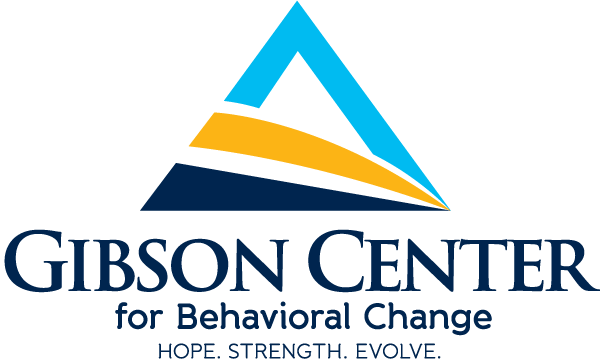Medication-assisted treatment (MAT) plays a pivotal role in supporting individuals as they embark on their journey of recovery from substance use disorders. The effectiveness of MAT lies in its ability to reduce cravings, alleviate withdrawal symptoms, and manage post-acute withdrawal syndrome (PAWS). Medication Assisted Treatment (MAT) is the use of FDA medications, sometimes in combination with counseling and other services, to provide a “whole-person approach” to the treatment of substance use disorders.
Addressing Physical Barriers to Recovery
One of the primary challenges people face in early recovery is the intensity of withdrawal symptoms. These symptoms can range from physical discomfort to emotional distress, making it extremely difficult for someone to stay engaged in recovery. Without medical intervention, these symptoms can return unexpectedly for up to a year after treatment, a condition known as post-acute withdrawal syndrome (PAWS). Recurring withdrawal symptoms can interfere with an individual’s ability to fully engage in therapy, support groups, or other recovery-focused activities.
By minimizing cravings and mitigating the intensity of withdrawal symptoms, individuals are more likely to remain focused on the broader aspects of their recovery. This allows them to direct their attention toward addressing their psychological, emotional, and spiritual needs through therapy, group meetings, and recovery support groups.
A Comprehensive Approach to Recovery
What sets MAT apart from other treatments is its holistic approach. While medications help stabilize the body, individuals are free to focus on the inner, personal work of recovery. This comprehensive approach helps address multiple factors that could otherwise contribute to relapse, offering a greater chance of long-term recovery success.
Proven and Supported by Major Medical Associations
Medication-assisted treatment is one of the most well-researched and evidence-based treatment options available for individuals with substance use disorders. It is backed by all major medical associations, including the American Medical Association (AMA).
The medications used in MAT for both alcohol use disorder and opioid use disorder have been approved by the U.S. Food and Drug Administration (FDA) and have been clinically proven to improve outcomes in both inpatient and outpatient settings, making recovery safer and more achievable.
Commonly Used MAT Medications:
- Buprenorphine (Suboxone)
- Naltrexone (Vivitrol)
- Acamprosate (Campral)
- Nicotine Replacement
Conclusion
MAT provides individuals with the medical support they need to navigate the early stages of recovery. By reducing the intensity of physical symptoms, MAT allows clients to concentrate on the personal, emotional, and psychological work required for long-term recovery. Its effectiveness, backed by extensive research and medical endorsement, makes MAT a vital tool in helping people reclaim their lives from addiction. Research has shown that this treatment approach greatly improves patient survival, increases retention in treatment, and reduces illicit opiate use, as well as other criminal activities among individuals with substance use disorders. It also enhances patients’ ability to gain and maintain employment, contributing to their overall recovery and long-term stability.


